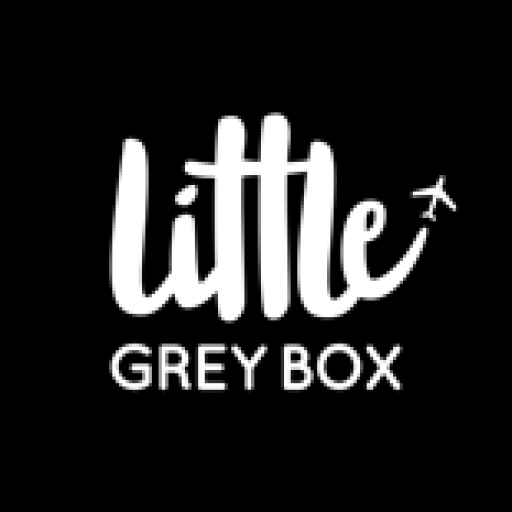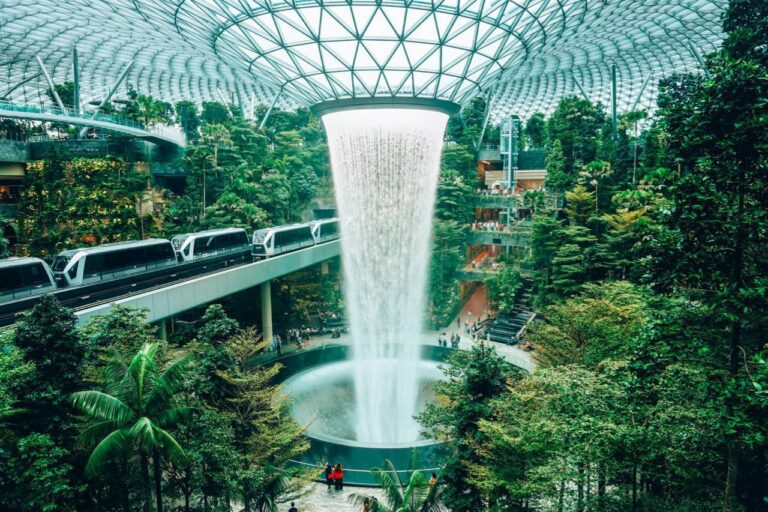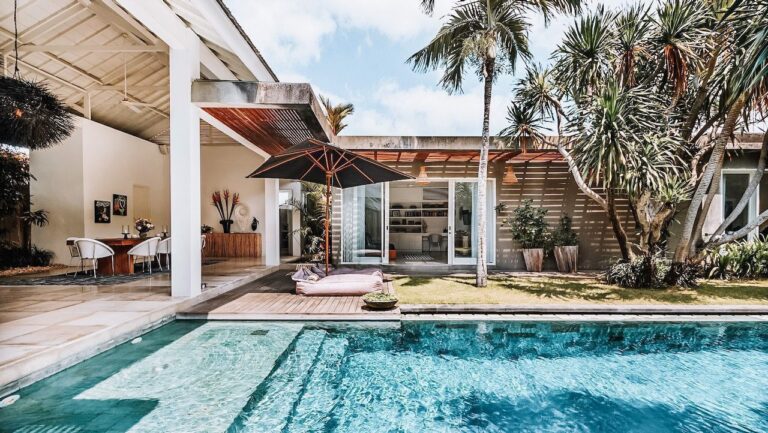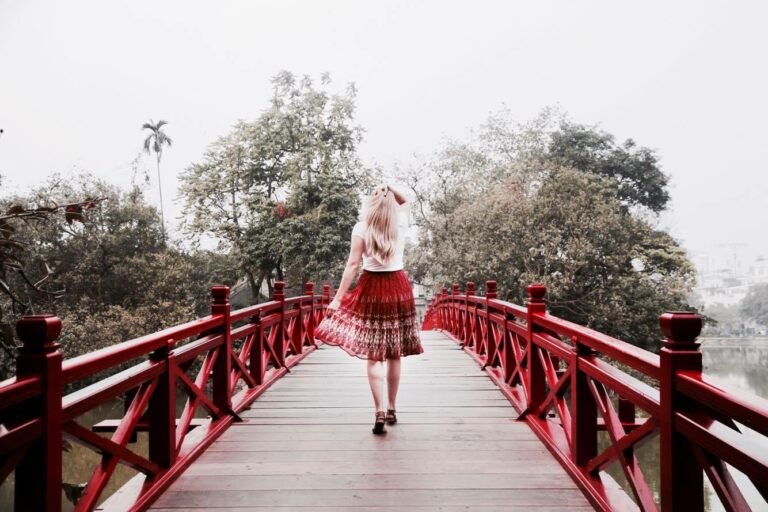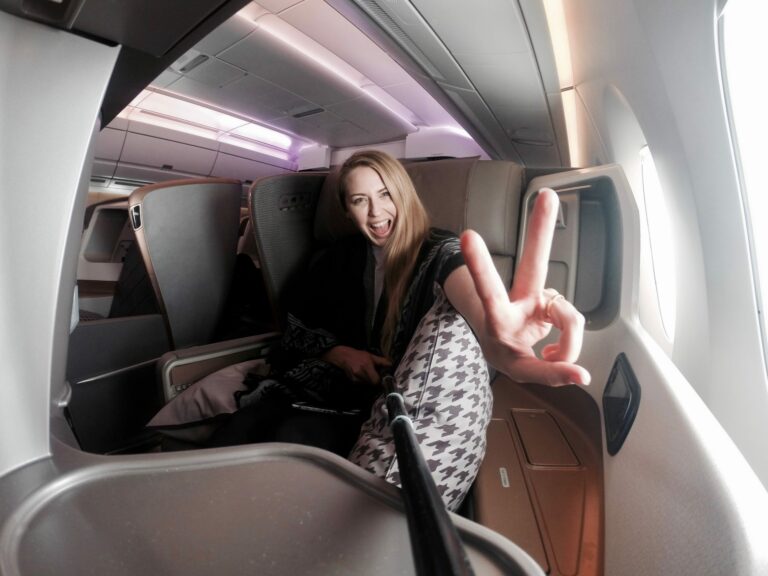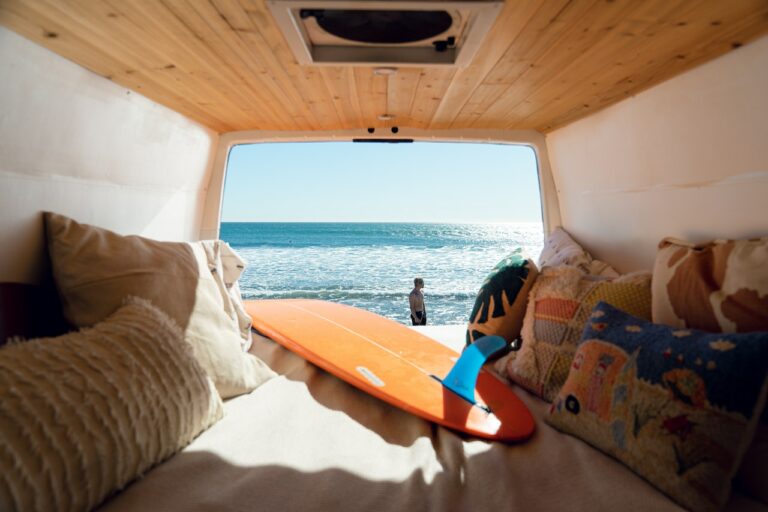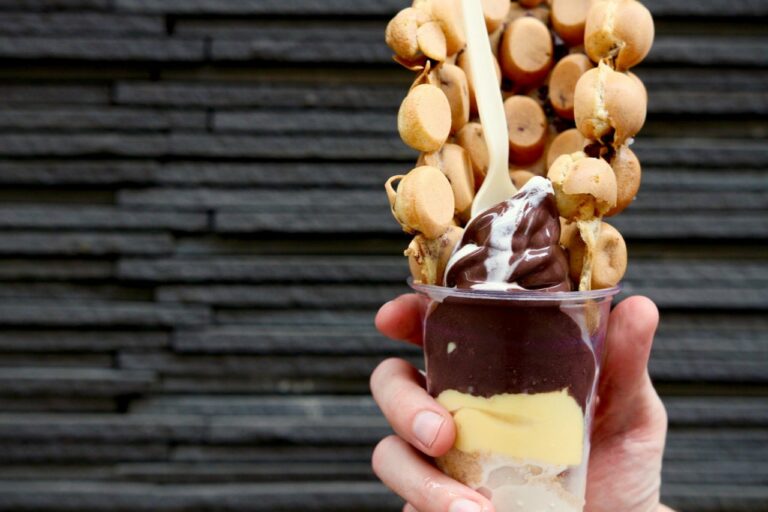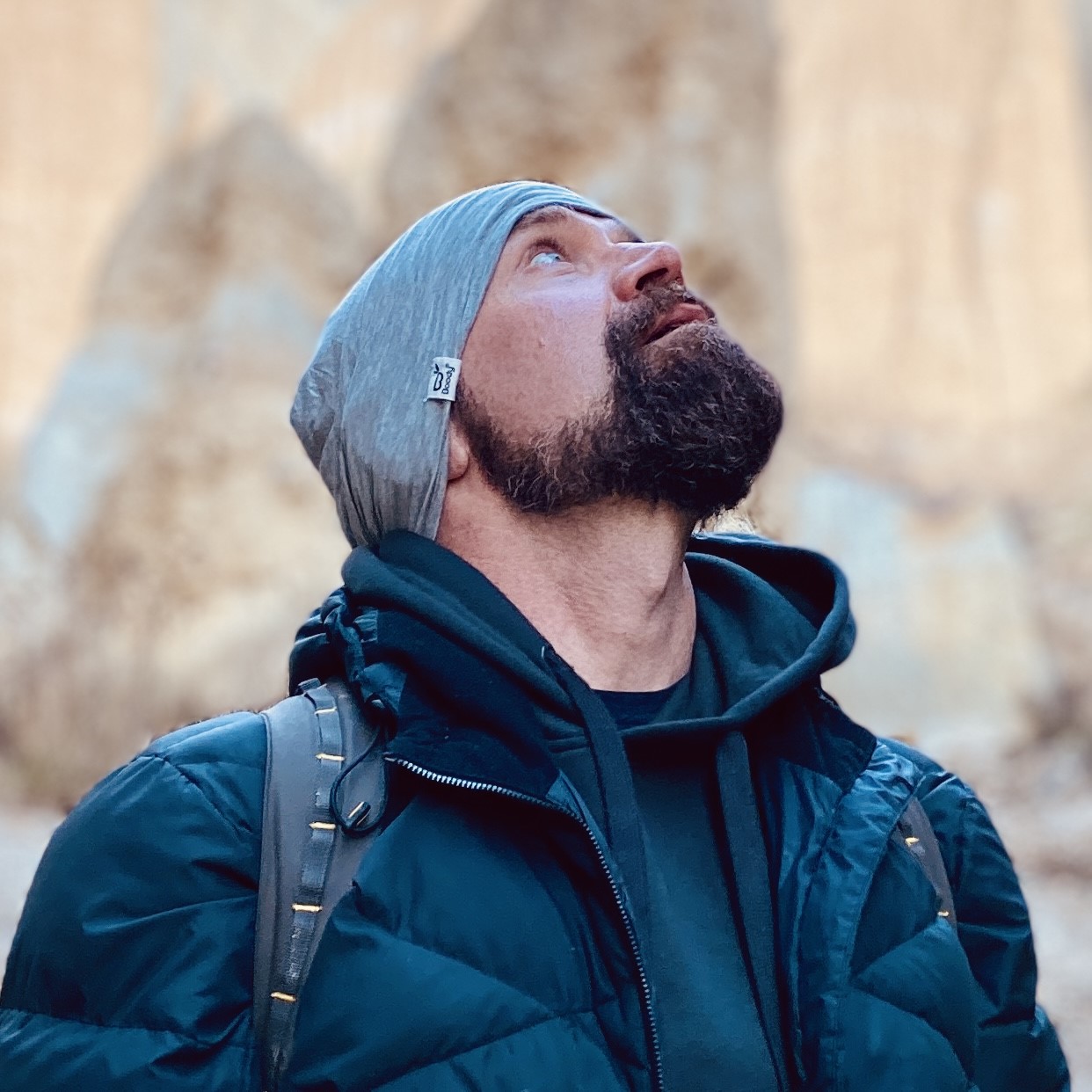Planning a trip to the Philippines? Well, congratulations, you are going to have one heck of a great time! If this is your first time visiting the Philippines, then there are a few things you’re going to need to know. Above all else, you have to know that this country is one of great beauty, from its incredible Islands right through to its lovely locals. Here are my tips for things you absolutely must know before you visit the Philippines.
Planning your trip?
•••
Hotels, we use Agoda
Rentals: Discover Cars
Transfers: Welcome Pickups
Insurance: Cover-More
SIM Cards: Simify
Where possible, I register as an affiliate for anything I use and recommend. Some of the links on this page are affiliate links, which means if you click these links and make a purchase I may earn a commission. This commission comes at no additional cost to you, and in some cases, these links may even unlock savings or give you additional bonuses I’ve negotiated. You can find out more about this here and here.
1. It’s very important you do your research!!!
If you read nothing else on this page, read this: Some parts of the Philippines are unsafe for tourists to visit. I’m a firm believer that a lot of destinations are made out to be scary when they aren’t, thanks to the mainstream media sensationalising things to spin a profit, but even the Filipino locals will tell you that there are certain parts of the Philippines you should not visit.
Why? Because it is unsafe due to military presence and their ongoing conflict with terrorist groups, terrorist threats, violent burglaries and kidnappings. These things happen, so it’s very important you thoroughly research your destination. Anywhere in the South is usually a no-go. This is one time when you want to stick to the tourist areas.
Does that mean it’s unsafe to visit the Philippines? No. It just means there are places you should not go. The locals of Boracay, in the centre/north, rely on visitors to bring business to their idyllic island paradise and as a result, you’ll find loads of private security and tourist police on the island, working hard to keep it as a safe haven for visitors. Do not let the mainstream media scare you off visiting the Philippines, just take your time to research your destination thoroughly before you visit and choose a place that is safe for tourists.
Does this mean you shouldn’t visit the Philippines? Absolutely not. It is a beautiful country, the people are wonderful and I never felt unsafe at any time when we visited Boracay. You can still visit the Philippines, just certain areas, and, as always, you must take safety precautions. This article, written by World Nomads, is a great read on places to avoid in the Philippines.
Example: don’t walk around alone in your Chanel Couture with $100 bills taped to you while you take selfies on your iPhone.
2. The local currency is ‘Philippine Peso’
If you’re anything like me, this will be really exciting for you, because it makes your trip feel a bit more exotic! The rough conversion is AUD$1 = P36. So, that AUD$5 cup of coffee would cost you around P180.
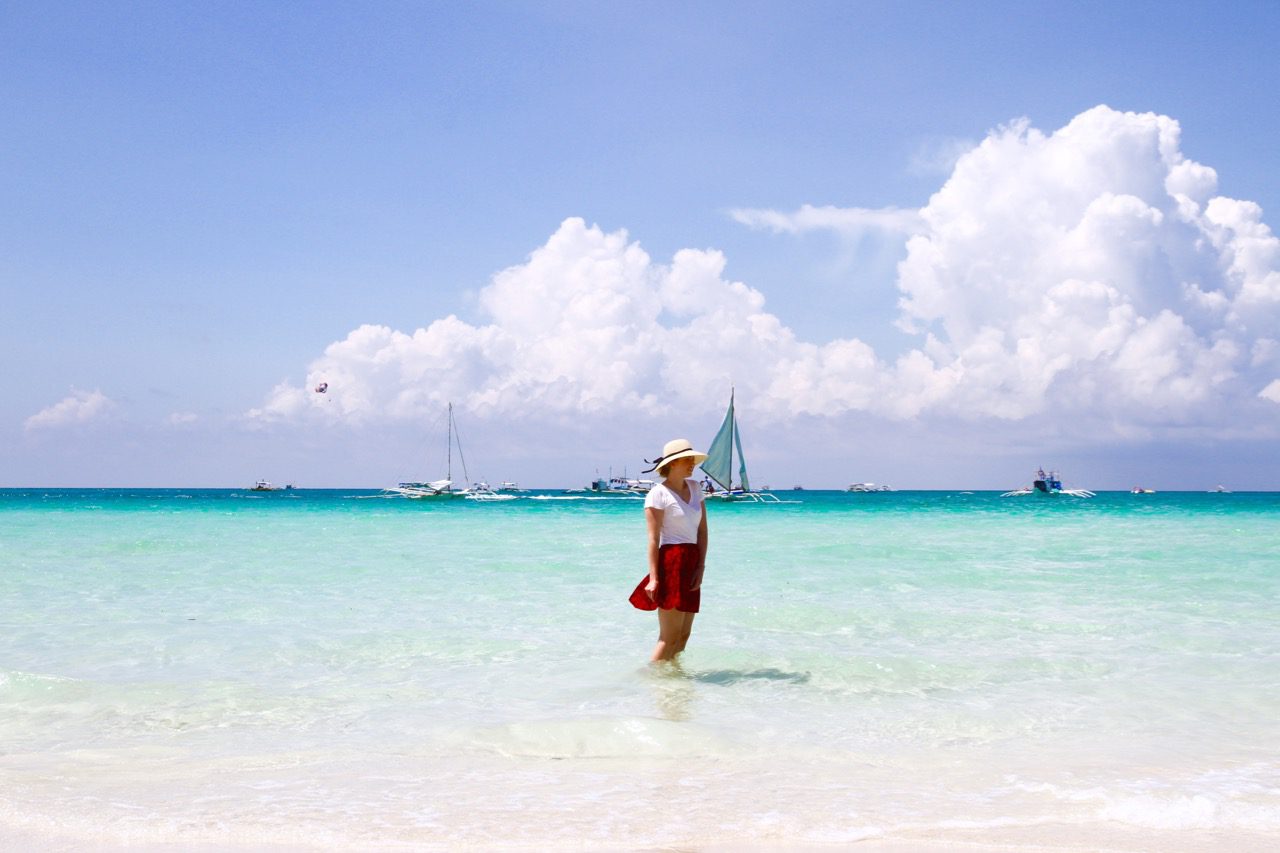
3. English is widely spoken
As always, it’s part of being a good human to brush up on a few local words, rather than just breezing in and expecting the people of the country you’re visiting to speak a language you understand. That said, I found most of the locals spoke English really, impressively well! I always feel a bit guilty when people from other countries speak multiple languages and I can only speak one. For those planning a visit to the Philippines, setting a goal to learn Tagalog could be a rewarding way to show appreciation for the local culture and connect with people on a more personal level.
Approximately 52 million people in the Philippines speak English, making it the fifth largest English-speaking nation behind the USA, India, Pakistan, and the UK. Here are some key phrases you should try to learn:
- Please – Paki (Pah-KEE)
- Thank you – Salamat (sah-LAH-maht)
- You’re welcome – Walang anuman (wah-LAHNG ah-noo-MAHN)
- Goodbye – Paalam (Pah-AHL-ahm)
4. You can get around using tricycles
The most common way to get around is using local transport, which comes in the form of Jeepneys (brightly coloured buses), multi-cabs, buses, motor taxis and tricycles. The tricycle is the most common way to get around, I would say. It’s also really affordable and easy to use to get you where you want to go, just flag one down on the street, jump in and away you go! If you feel nervous about this, ask your hotel to help you flag one down.
Interesting fact: After WWII, the Philippine jeepney was created from the G.I. Jeeps American soldiers brought to the country in the 1940s.
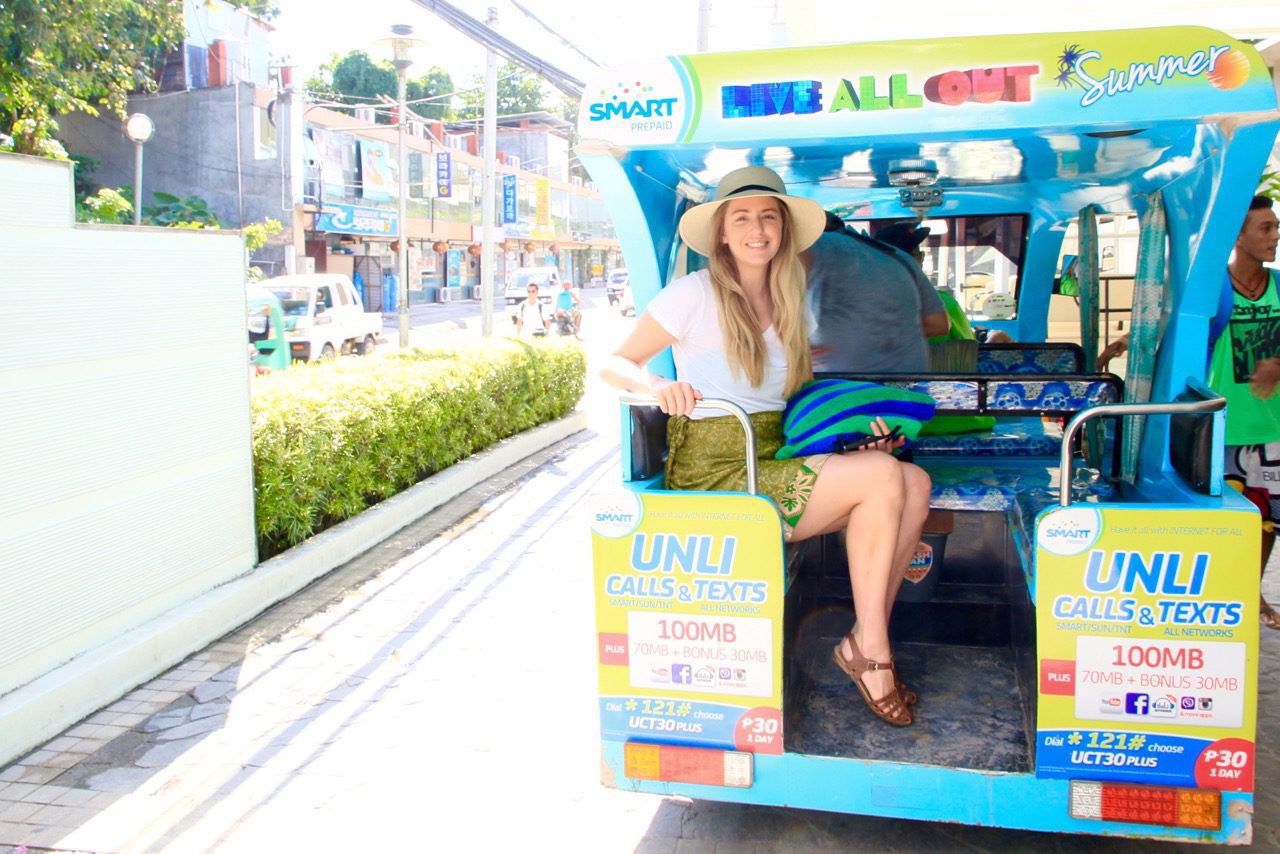
5. Beware of money changers
As far as scams go, this is the one to look out for. Money changers in the Philippines have a little bit of a reputation for driving a hard bargain, trying to rip off naive visitors and being a bit strong-handed in their negotiation tactics. Should you be terrified of them? Heck no. Just be aware of it and be prepared. If you want to skip them altogether, consider a fee-free card, exchanging money before you arrive or doing it somewhere reputable, like through your hotel.
6. You can buy fresh fruit juices and coconuts on the street
Everywhere you go, you’ll find vendors set up with stacks of fresh fruit, coconuts and blenders. They sell fresh fruit juices, fruit shakes and this amazing treat called a ‘Buko Shake’, which is: fresh coconut flesh, coconut milk, sugar and coconut water all blended to create a pretty delicious shake. Be sure to try one when you go! The Philippines is the world’s largest producer of coconuts! They supply some 19.5 million TONNES of the stuff to the world!!
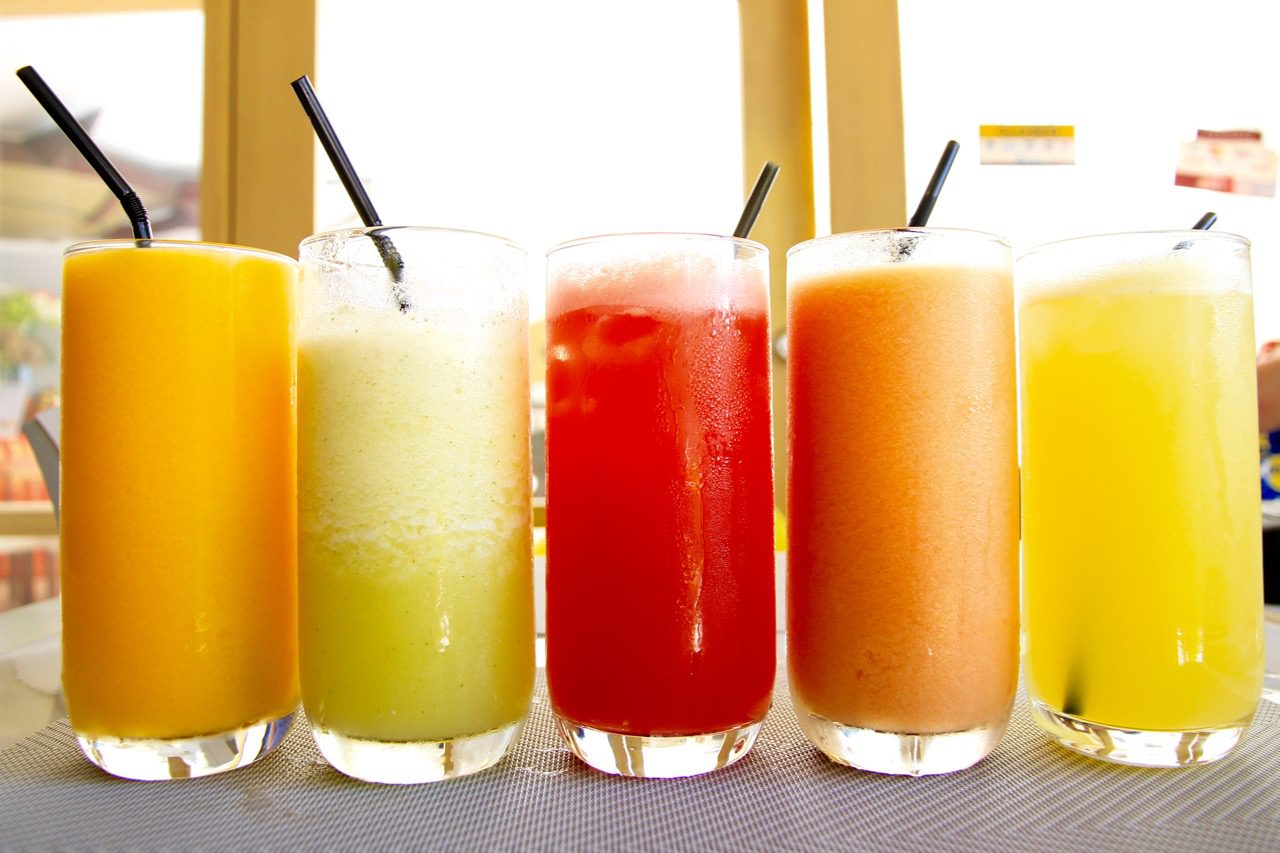
7. The locals are lovely
The big stand-out for me when I visited Boracay was how lovely the locals were. In places like Bali and Thailand, I found tourists were hounded quite a bit, which is understandable as we are a major source of income. In Bali, I’ve found that saying ‘No, thank you,’ just doesn’t work and you can continue to get hounded and yelled out long after you’ve declined to buy a knock-off Chanel handbag. In Boracay, a simple smile and a polite, ‘No, thank you,’ worked a treat. The locals would just smile back and that was that. No continued hounding, touching, yelling or grabbing. Every single person I met in Boracay was absolutely, 100% lovely. My experience with Filipino people has been that they are warm, welcoming, thoughtful, attentive and kind.
8. The traffic is organised chaos, don’t mess with it!
If you’ve ever visited a country like Indonesia, Thailand or Vietnam you’ll know what the traffic situation is like; Organised. Chaos. It just works! The Philippines are no different, there are people on scooters whizzing around, small buses packed to the hilt with people, and groups of visitors hanging out of tricycles, it just… works! So, go with the flow.
Get connected with a local SIM card from Simify.
Get it delivered before you leave home, ensuring you’re able to connect and navigate as soon as you arrive + find great things to do on the go!
9. They drive on the other side
If you’re from Australia, there’s a chance you may automatically try to jump into the driver’s seat or freak out when they start driving on the right-hand side of the road.
10. There’s security everywhere
While I was in Boracay I saw so many local police, tourist police and hired security, it’s not even funny. You’ll find security posted outside restaurants and cafes, hotels and just hanging around on the beach. They’re extremely polite and helpful, so don’t be afraid to ask for help if you’re lost or just need help for another reason.
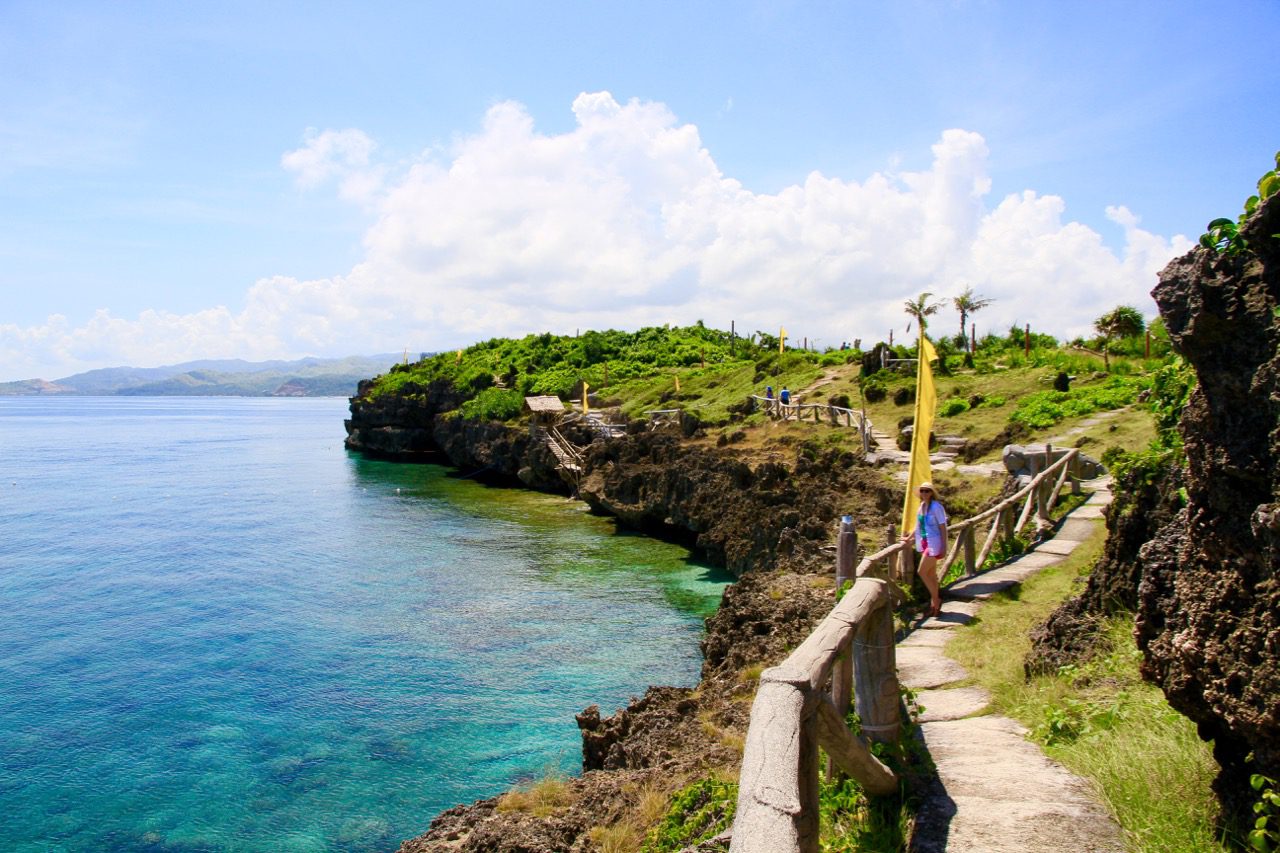
11. Filipino people are amazing hosts and entertainers
From the staff welcoming you at the hotel to the local tour operators and even the locals you meet on the streets, the service in the Philippines is fantastic! You’ll always be met with a big smile and a friendly, welcoming, ‘hello.’ I found the service at hotels and restaurants amazing, the person taking the order is always so attentive and never gets frustrated, even if you change your order five times! Plus, there are so many talented performers. It seems to be a natural gift for many Filipino people to be fantastic singers, dancers and performers.
12. Pasalubong is important
Pasalubong is the act of gift-giving after a holiday, so it’s bringing back souvenirs for loved ones. You’ll see lots of little shops selling souvenirs, which isn’t shocking if you’re in a tourist area, but it’s kind of cool to appreciate the other reasons behind why they may be set up and selling these little gifts; as a way for you to show your friends and family you care.
13. Look for toilet paper before going into the loo
I got caught out a few times by this one… in some toilets, you’ll find the toilet paper is kept on a dispenser outside the stalls. So just be sure to grab some before you go in to use the toilet. In some toilets, probably public toilets away from tourist areas, you may not find toilet paper at all. Instead, you may find a small hand-held pale for washing with.
14. There’s a heavy Spanish influence
Well, obviously, given the Spanish ruled the country for 377 years, until 1898! But, if you aren’t familiar with the history of the Philippines, this may be something you weren’t expecting. As you walk around, there may even be some parts of the Philippines that remind you of Spain.
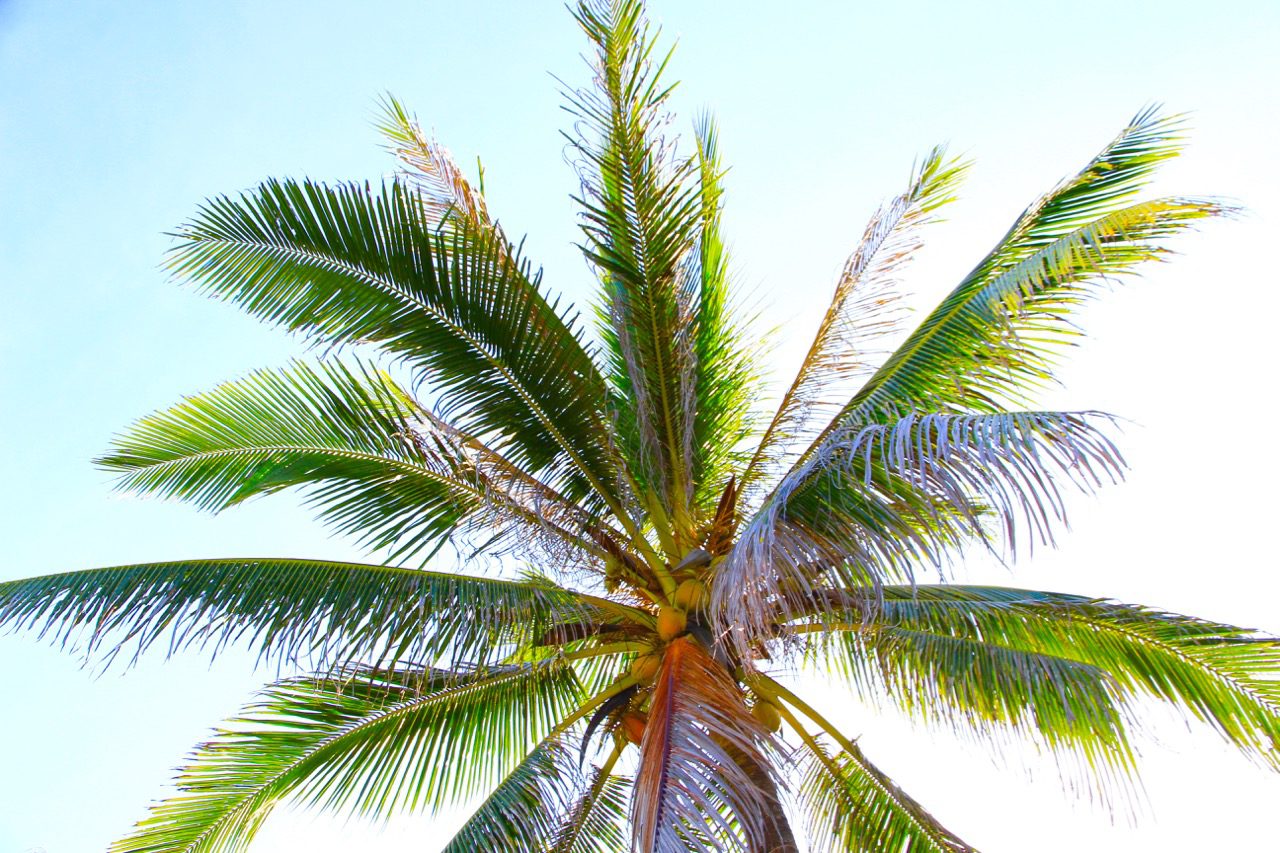
15. Things are cheap!
We found the nice hotels and resorts, like Henann Lagoon Resort where we stayed, to be the average price you’d expect to pay for a high-end resort. Food and drink were cheap and the shopping was pretty good too. When you’re shopping on the street, be sure to haggle.
16. It’s seriously beautiful…
Few places take my breath away; Boracay is one of them. The colour of the water, the temperature of the sea, the rustic feel of it all… there’s just something about this place that takes your breath away. It’s the kind of place you dream of visiting and it’s one you’ll want to keep going back to. It is, honestly, just one of the most beautiful places I have visited.
17. It’s not secluded, but that’s for good reason
This is one of those rare times when lots of tourists is a good thing. The reason? The tourists are all flocking to where it’s safe. So you might want to stick with the group on this one. Don’t worry, you can still find moments of isolation… if you visit Boracay you can spend the day island hopping and you’ll visit smaller islands with fewer people on them.
18. Short shorts, skirts and dresses are common
You may notice waitresses and hotel staff wearing quite short dresses. The beautiful women I saw wore tiny outfits while still looking very polished, classy and professional. The kind of dress that would probably cause an uproar at a high-end Australian hotel looks totally and completely normal on the lovely local women, who all carry themselves with a lot of self-pride and self-respect.
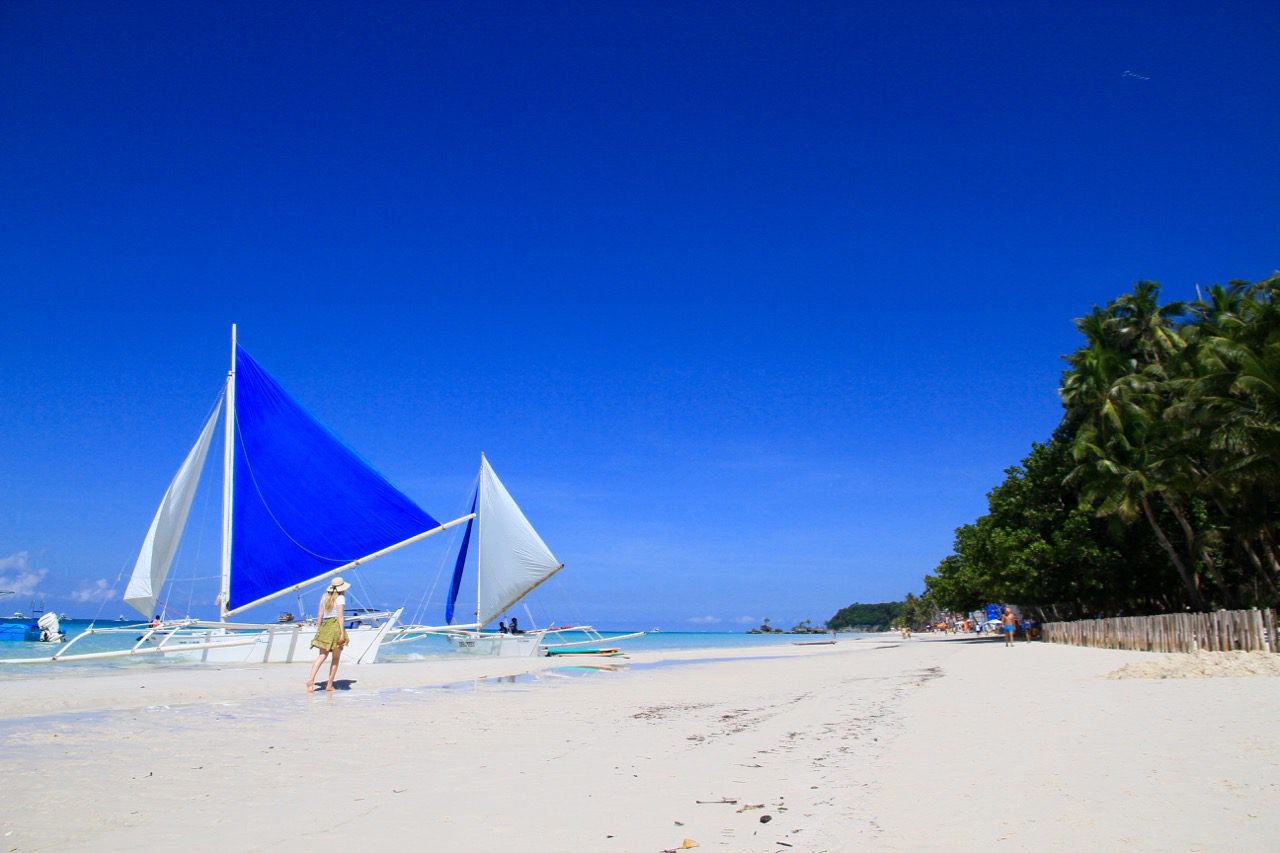
19. Locals can be quite conservative
Wait? Isn’t that a contradiction to what’s written above? Nope! We spoke to a beautiful girl who moved to Boracay from a more remote village, she explained to us that before moving to Boracay she had never worn short shorts as they were considered too risqué in her conservative village. Catholicism is a prominent religion in the Philippines, with 80% of people identifying as Roman Catholic, so conservative dress is quite common. That said, Boracay can be a bit of a party island… it’s tropical and has a lot of influence from visitors, so it’s not uncommon to see girls wearing little shorts and tank tops.
20. The local language is Tagalog
Given this Asian country was ruled by the Spanish for 377 years, then as an American colony from 1898 to 1946, it’s no surprise the local language is influenced by other cultures. Tagalog, as it’s called, is a mix of European, Asian and Native American languages.
21. There are a LOT of islands
That’s right! There are just over 7,100 islands in the Philippines. If you’re a Survivor nerd, like me, you’ll be freaking out when you arrive and realise several Survivor seasons were filmed on some of these 7,100 islands.
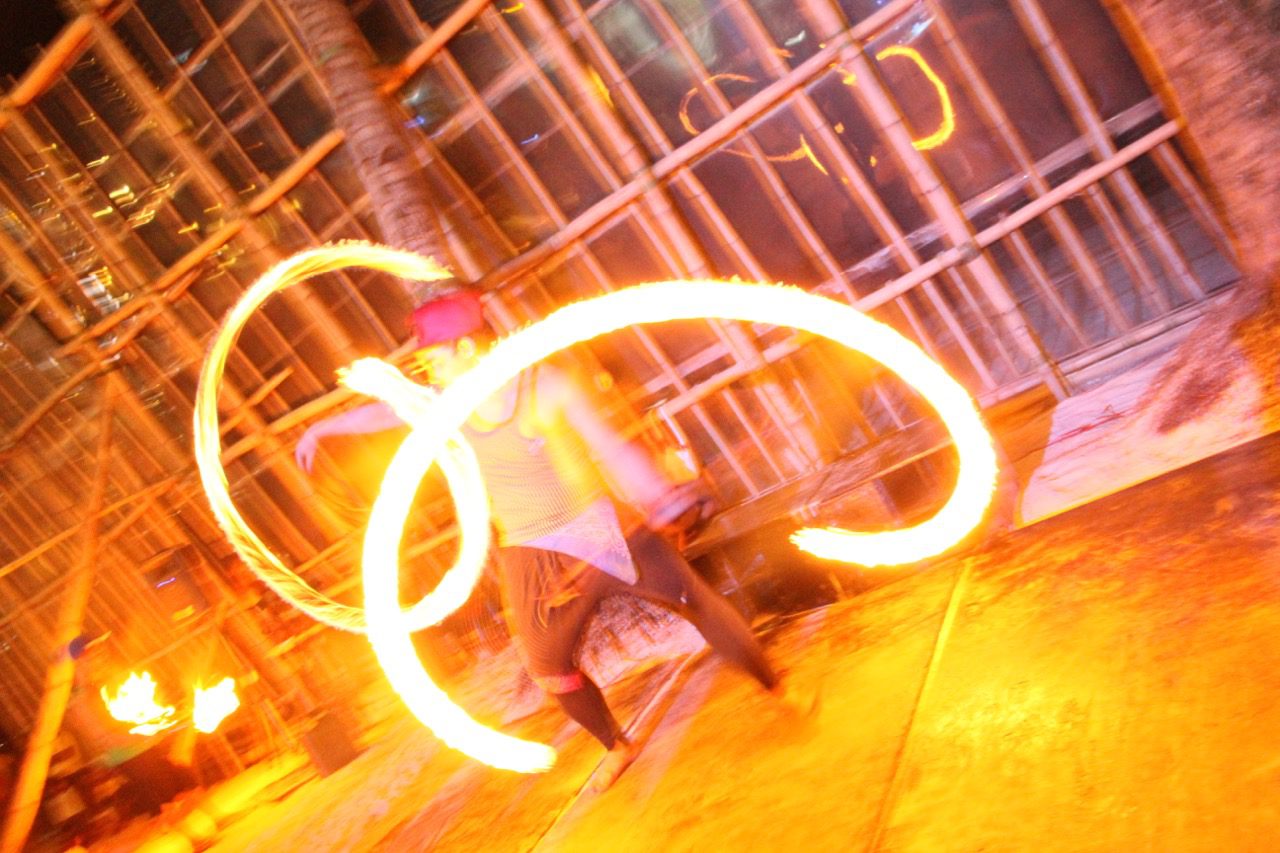
22. It’s important to be polite
Okay, yes, it’s important to be polite all the time, no matter what. But, the Filipino sense of humour can be very different from the Australian sense of humour, which is thick with sarcasm and a bit of ribbing. Insults are taken seriously in the Philippines, so rather than accidentally insulting someone when you’re just trying to be their mate, try to keep things light-hearted and not take the piss out of anyone. I never experienced any troubles with this whatsoever, though, so don’t overthink it, just be aware of the cultural difference.
Get connected with a local SIM card from Simify.
Get it delivered before you leave home, ensuring you’re able to connect and navigate as soon as you arrive + find great things to do on the go!
Our trip to Boracay was made possible by AirAsia and Henann Lagoon Resort. AirAsia operates weekly flights to Kalibo – Boracay, Philippines from Kuala Lumpur. With fly-thru services available connecting Guests from Australia (Gold Coast, Melbourne, Sydney) and China (Beijing, Hangzhou, Shang Hai) seamlessly via Kuala Lumpur*. For more information, read my guide on How to get to Boracay.
*Flight information was correct at the time of publishing.
Best travel resources for your trip!
If you found this post useful, please use the affiliate links below. I’ll make a small commission at no extra cost to you. Rest assured, these are the products and services I love and use. Read the disclaimer for more information. Thanks for your support! – Matt.
Agoda – hotels
Booking.com – hotels
Cover-More – insurance
DiDi – rideshare
Motorhome Republic – RVs
Discover Cars – rentals
Simify – SIM cards
Skyscanner – flights
Surfshark – VPN
TourRadar – tours
Welcome Pickups – transfers
